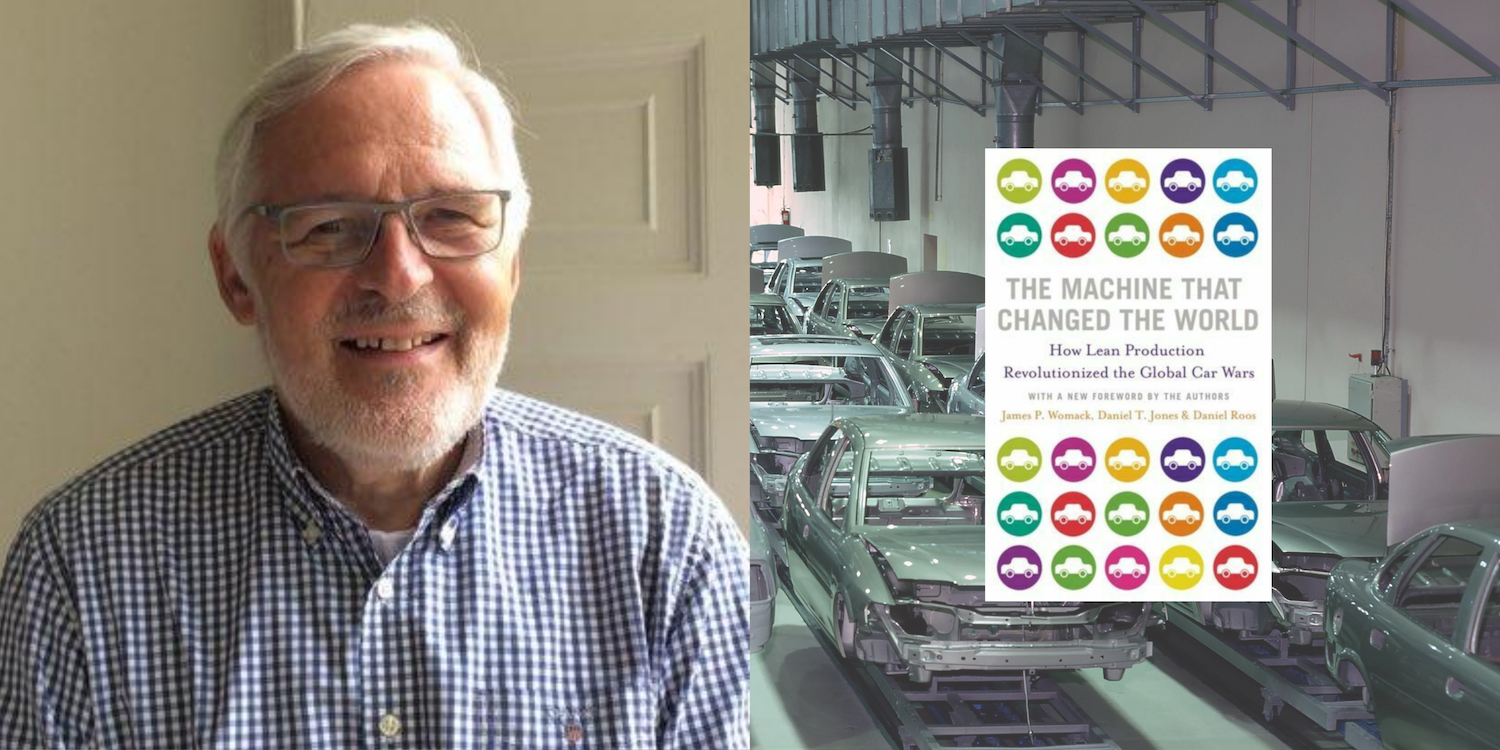
When lean management matters most: improving cancer care
FEATURE – By adopting lean thinking and establishing a dedicated care pathway, a Brazilian hospital has been able to drastically reduce the time breast cancer patients have to wait to undergo surgery or start treatment.
Words: Evelin Marotta, Medical Oncologist, IOV Site Manager at HRVP; Sheila Vianna Reis, Care Coordinator at IOV/HRVP Cancer Center; Stela Maris Coelho, MsC. Chief of Lean Office at IOV Group
The Hospital Regional do Vale do Paraiba (HRVP) is a 300-bed public hospital located in Taubaté, São Paulo State, providing cancer treatment for a population of 1.2 million people distributed across more than 40 cities. The Instituto de Oncologia do Vale (IOV), which Planet Lean covered in a previous article, is a partner of HRVP and runs the Cancer Center.
Two-thirds of our patients require public assistance to travel to our facilities, a journey that can take between one and four hours. Some of our patients have to let their homes as early as 3am to be here by 7am.

While the waiting time for the first appointment is normally less than two weeks, accessing follow-up care, such as mammograms, biopsies, CT scans and surgery, can sometimes take weeks. The Cancer Center shares resources with the Emergency Department, the Surgery Department (for general and specialized procedures, like head and neck, but also cardiovascular and neurosurgery), and the renal and hypertension centers.
The distance to travel and the waiting time represented a tragic combination for our patients, who not only had to endure a long and strenuous journey, but also delays and cancellations. For example, a breast cancer patient could see a doctor on a Tuesday and have an exam scheduled for a Wednesday, but this would still require travelling two days in a row. To have a simple mammogram performed on them, most patients would have to wait around three weeks: first for the Tuesday appointment of week 1, then for the actual mammogram on the Wednesday of the following week, and finally for a new Tuesday appointment to review the test and set an appointment with the anesthesiologist.
From that point, there was of course another wait before they could undergo surgery. With that system, the average waiting time from registration to surgery was 90 days (corresponding to five to eight visits to the hospital) and the average wait to see an oncologist was 114 days from registration. You can see a representation of our Current State below.


We had to find a way to improve the care we provide our cancer patients, without incurring new costs that would compromise our budget. But how to do it?
We decided to change our approach completely. We gathered all the professionals involved in the process (breast specialists, anesthesiologists, oncologists, radiation oncologists, managers, radiologists, pathologists, technicians, nurses, and social services) and launched a “pilot” project in our breast cancer clinic.
We chose breast cancer because we see approximately 250 new patients suffering from this type of cancer every year, which with our system at the time would have translated into around 3,000 hospital visits to get access to surgery and chemotherapy.
We took it upon ourselves to find a way to ensure breast cancer patients get all the care they need in a single visit.
Naturally, this would mean combining several appointments and procedures, and organizing them in a logical flow (our ideal Future State). With this vision in mind, and with the collaboration of all the professionals involved, the team proposed changes to the flow, which would satisfy the newly identified requirements while ensuring no one would see their workload increase.
Our goal was to cut the time from registration to chemotherapy by half.
We called the new flow the Fast Track to Breast Cancer Treatment, which involves patients who are highly suspected of having breast cancer and those who have been just diagnosed. The Fast Track is designed to accommodate four-to-seven weeks' worth of activities in one single day, which is achieved by coordinating care, patient and processes flow (see Future State below) using three basic interventions:
- Establishing standard procedures for each type of patient;
- Redesigning the schedules of medical care and examinations;
- Establishing service agreements between the various actors in the process.


To visually manage the flow of care, we created a Care Path Kanban that "accompanies" the patient throughout the process and that is checked at every stage, ensuring that all requirements have been fulfilled.
We designed two different flows: one for patients who are highly suspected of having breast cancer (the aim there is to perform a biopsy on the same day and plan for surgery to be performed within 21 days) and one for patients who have already been diagnosed (to schedule surgery or subsequent treatment, like chemotherapy or radiation therapy as quickly as possible).
For each flow, we defined "bundles of tests" that follow the expected sequence of activities. We have also reorganized some of them to make sure that care takes place on a single floor, in a single sequence and within the same day of the week.

New patients with breast cancer had their appointments planned for Mondays, in a dedicated flow for blood tests, mammograms, ultrasound, chest/abdomen CAT scans (for patients with advanced disease) and ECGs, as specified in each standardized bundle of tests. The service level agreements we reached involve one to three "open slots" each Monday for these tests and procedures.
The Fast Track experiment had a massive impact on the patients, whose suspected breast cancer could be diagnosed in one day. Some of them told us they simply expected to come in for a visit and have to wait a few weeks for the test results. Getting to know they have cancer so quickly seemed to scared them. Using this piece of feedback, we introduced a new step in the process: a care coordinator now explains to patients the dynamics of breast cancer care and treatment, and the advantages of early diagnosis.
THE OUTCOMES
The pilot project has achieved extraordinary results. The average waiting time from registration to surgery has dropped from 90 to 35 days – a 61% improvement – while the average time from registration to the first session of chemotherapy has gone from 114 to 56 days – a 50% improvement. We have also gone from seven visits to the hospital to two (for some patients, the second visit coincides with surgery).
The experience really motivated us, proving that a better way to quickly diagnose and provide care to breast cancer patients is possible, and that this improved system doesn't necessarily require us to work harder... it just requires us to work smarter.

This article is also available in Portuguese - click here
THE AUTHORS



Read more


NOTES FROM THE GEMBA – The author goes back to a train maintenance center she visited two years ago and finds an organization striving to learn continuously.


INTERVIEW – In the fall of 1990, a book was published that would kickstart a revolution in business. This week we are catching up with the authors to understand where we are and where we are headed. First up, Daniel Jones.


FEATURE – The author outlines the role of HR in a lean transformation and explains why our ability to successfully turn around a business largely depends on activities in which HR participates.


COLUMN – In the first of a new series, Boaz Tamir explains how understanding the knowledge and development capabilities of our team can provide the foundations for more dynamic and safer innovation.

